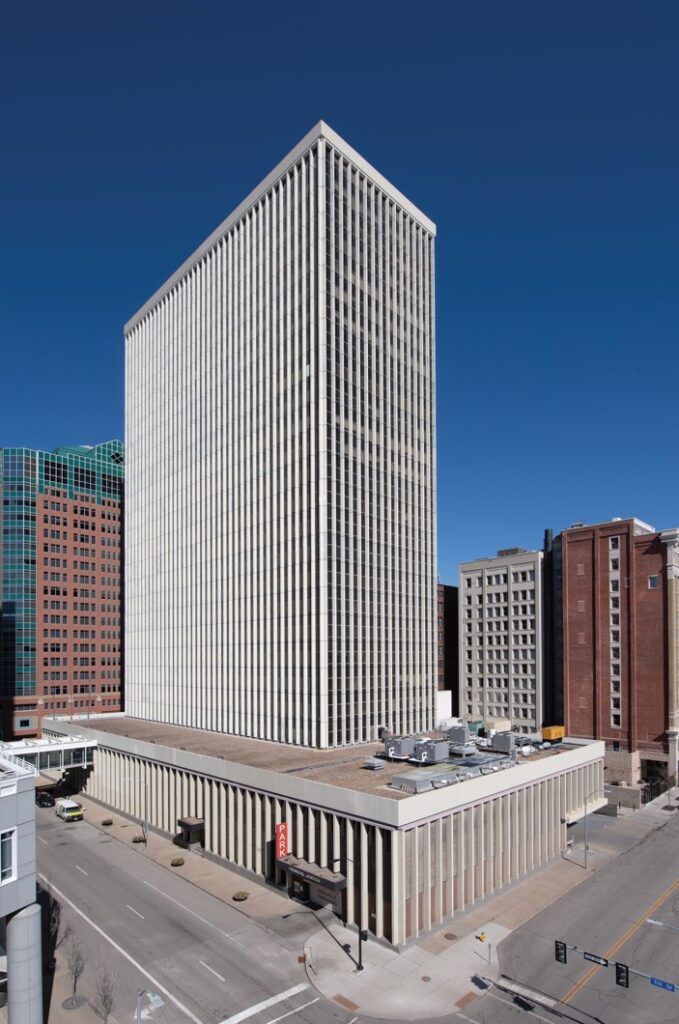Optimistic rail supporters tout benefits of line through Des Moines

Having a passenger rail line extend from Chicago to Omaha with a stop in Des Moines is just good business, advocates said this morning.
Geoff Fruin, assistant city manager in Iowa City, and Patricia Quinn, executive director of the Northern New England Passenger Rail Authority, spoke about their firsthand experience with rail lines that contribute to economic development. The two spoke this morning at an event hosted by the Transportation Management Association, which is made up of groups such as the Des Moines Area Metropolitan Planning Organization, the city of Des Moines and the Downtown Community Alliance, and is part of a larger group of chambers around the state that make up the group All Aboard for Iowa.
“I think what we need to do is make the business case for it,” Fruin said in an interview after his speech. “This isn’t about Iowa City. This isn’t about Des Moines or Council Bluffs. This is about the state of Iowa, so let’s look at the business plan for the state of Iowa.”
That business plan will come in the form of a study done by the Iowa Department of Transportation, of which a draft report is already available.
Two years ago, the federal government agreed to give $230 million to the states of Iowa and Illinois to build a line from Chicago to Iowa City. Illinois has matched the federal funding with state funding, and is moving forward with the line to the Quad Cities. Iowa has not matched the $20 million required. That’s the next step toward getting the service to Des Moines.
The DOT study will provide the Iowa Legislature with details on what the passenger rail service would do for the state. The line would initially run at a maximum speed of 79 miles per hour, with two round trips a day, and is estimated to attract between 325,000 and 400,000 riders per year.
“We’re cautiously optimistic that we’ve got the opportunity to get this accomplished,” said Jay Byers, CEO of the Greater Des Moines Partnership, which supports getting a line through Des Moines. “All the pieces are in place.”
Quinn has seen a similar line work in the northeast, she said. Amtrak’s Downeaster, which runs from Boston to Portland, Maine, has been a “game-changer” for Portland, with a population of around 65,000, and smaller cities on the route in the past 12 years. Perhaps the most impressive statistic: Projections say that by 2030, a total of $7.2 billion in new development will occur along the corridor, creating 10,000 new jobs and generating $75 million in tax revenues. And the line already has generated real development, jobs and tax revenues, she said.
Similarly, Normal, Ill., where Fruin used to work as assistant city manager, made the decision in the early 2000s to redevelop its downtown around a new Amtrak station. In the span of about 10 years, passenger numbers at the station rose from around 70,000 to nearly 245,000. Business development has followed the trend, he said.
But it does take government funding. The New England line took an initial investment of about $63 million, and requires around $7 million annually in state and federal money.
Advocates say the money spent on getting a new line through Iowa would be worth it because of the economic development opportunities. Now the trick, for them, is getting Governor Terry Branstad and the Iowa Legislature to agree.
“I think there’s a good chance,” Fruin said.









